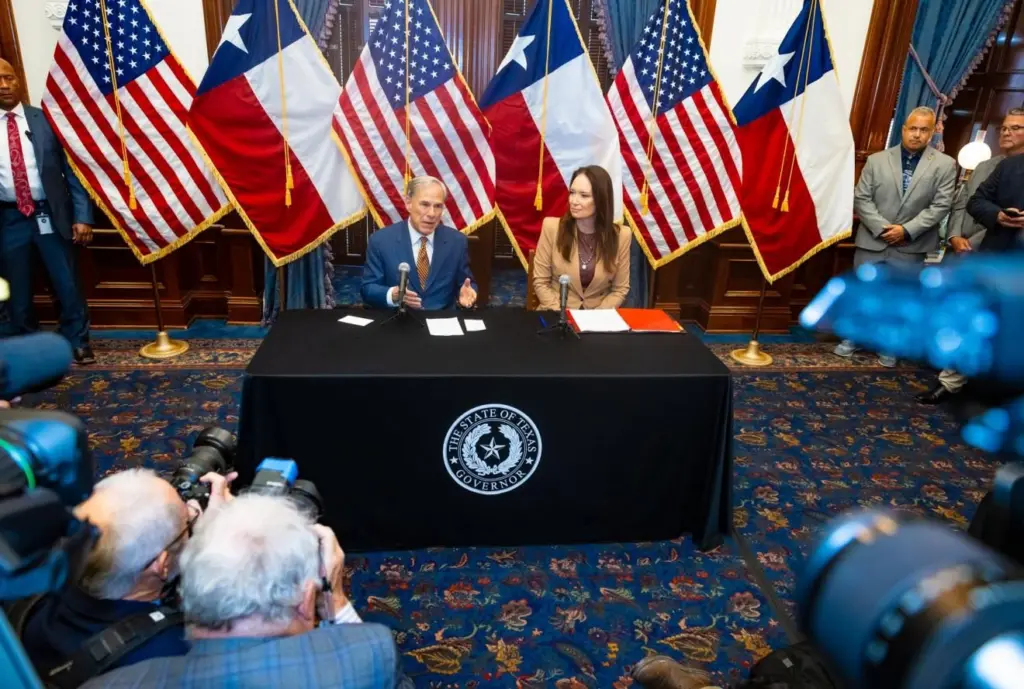AUSTIN, TX – The U.S. Department of Agriculture (USDA) has announced a broad plan aimed at preventing the spread of the New World Screwworm (NWS) into the United States. Secretary of Agriculture Brooke L. Rollins detailed the measures at the Texas State Capitol alongside Governor Greg Abbott and other officials.
The New World Screwworm is a parasitic fly whose larvae infest living animals, causing severe injury and potentially death. The pest can affect livestock, pets, wildlife, and in rare cases, people. USDA officials described the threat as both an agricultural and national security concern.
Key Actions in the Plan
The expanded strategy builds on a five-part plan first released in June and includes the following components:
-
Innovation and Research Funding: Up to $100 million will be invested in developing new technologies, including sterile fly production techniques, traps, lures, and potential treatments.
-
Domestic Sterile Fly Facility: USDA will construct a production site at Moore Air Force Base in Edinburg, Texas, capable of generating 300 million sterile flies per week. The facility will work in coordination with existing operations in Panama and Mexico.
-
Wildlife Migration Prevention: USDA will increase the number of mounted patrol officers, known as “Tick Riders,” and train detector dogs to identify screwworm infestations in animals along the U.S.–Mexico border.
-
Collaboration with Mexico: USDA’s Animal and Plant Health Inspection Service (APHIS) is partnering with Mexico’s agricultural health authority to improve surveillance, animal movement controls, and reporting systems.
-
Food Safety Oversight: The USDA confirmed that NWS has not been detected in U.S. livestock. Inspections at slaughter facilities continue to monitor for signs of infestation.
Economic and Agricultural Implications
The cattle and livestock industry represents more than $100 billion in U.S. economic activity, making the potential impact of NWS significant. Officials emphasized that building a domestic sterile fly facility would reduce reliance on foreign operations and strengthen the country’s biosecurity infrastructure.
Previous Steps
Earlier this summer, USDA restricted livestock imports at southern border crossings after detections of NWS in Mexico. The agency also invested in renovating a sterile fly production facility in Metapa, Mexico, and began constructing a sterile insect dispersal facility in Texas.
Outlook
USDA leaders said the coordinated plan requires collaboration between federal agencies, state governments, and industry groups. While the pest has not yet been detected within U.S. borders, the agency considers proactive measures essential to protect agriculture and the food supply.
